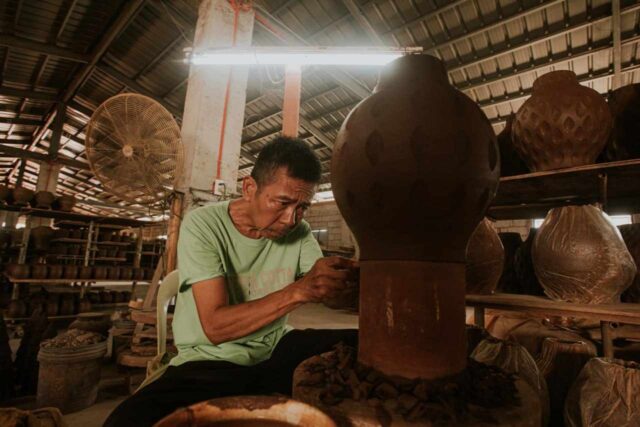STO. TOMAS, Pampanga – In the heart of Pampanga’s smallest town – all of seven barangays – where pottery has long been a celebrated tradition, the local industry is struggling to maintain its foothold in the global market.
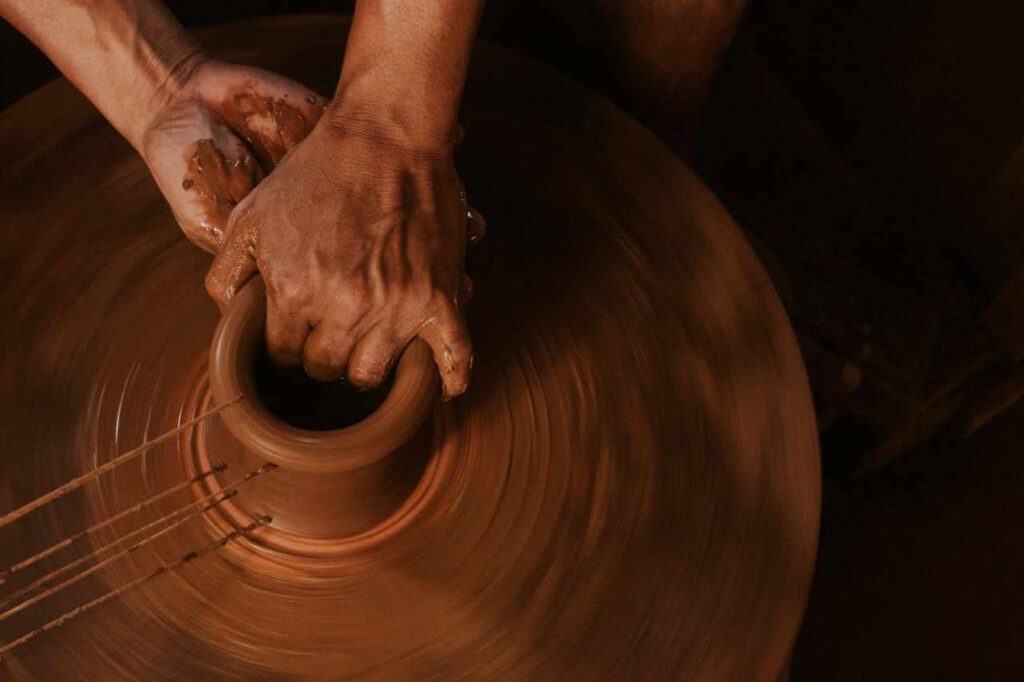
For centuries, the town has been known for its high-quality pottery crafted from its natural clay reserves, attracting clients from around the world. However, a combination of global competition and local challenges now threatens the survival of this once-flourishing art form.
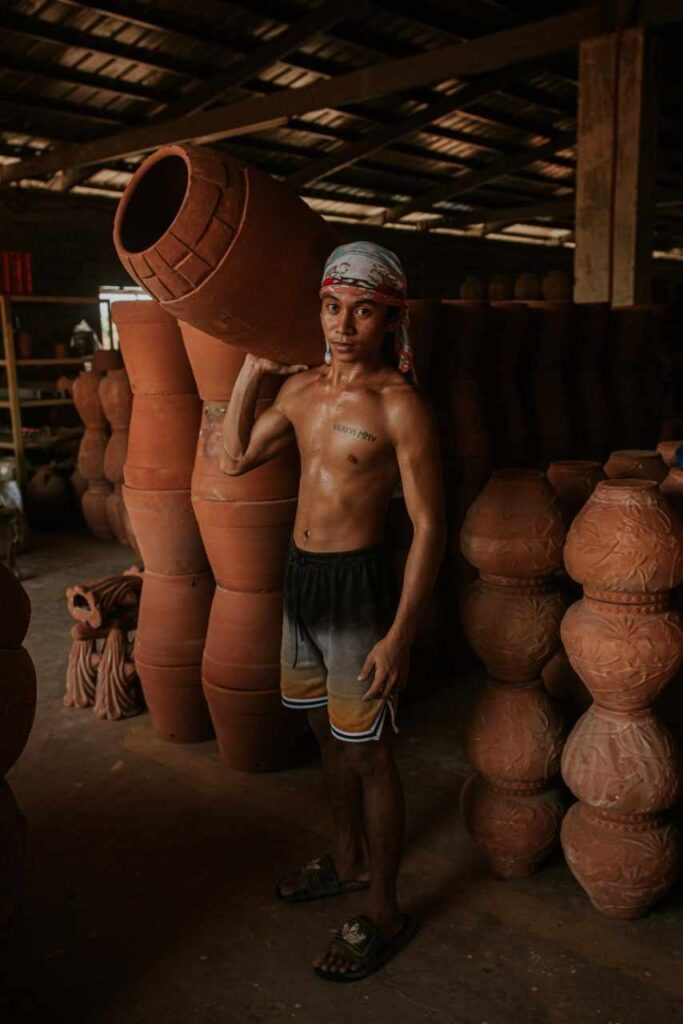
Pottery has been one of the trademarks of Pampanga’s arts and crafts, and the industry has grown from humble beginnings to international renown, with products reaching global markets. But today, the industry is under immense pressure.
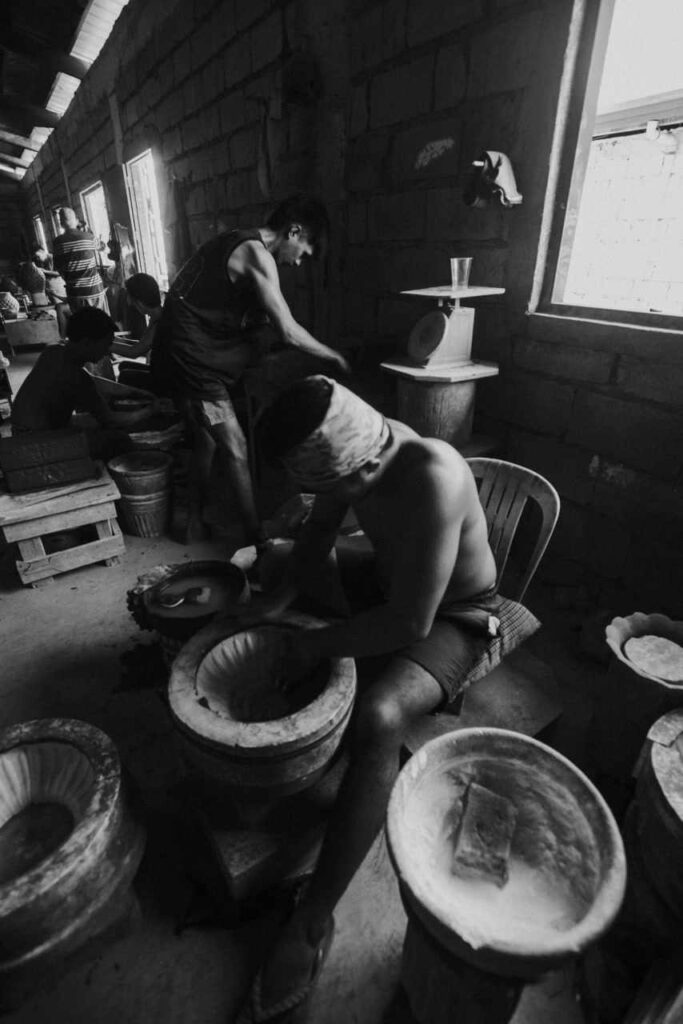
Precious Quiambao-Garcia, owner of Pampanga Pottery, shared the harsh realities facing the business: “Production is suffering, and manpower, which used to range from 80 to 100 artisans, has now dwindled to around 20.”
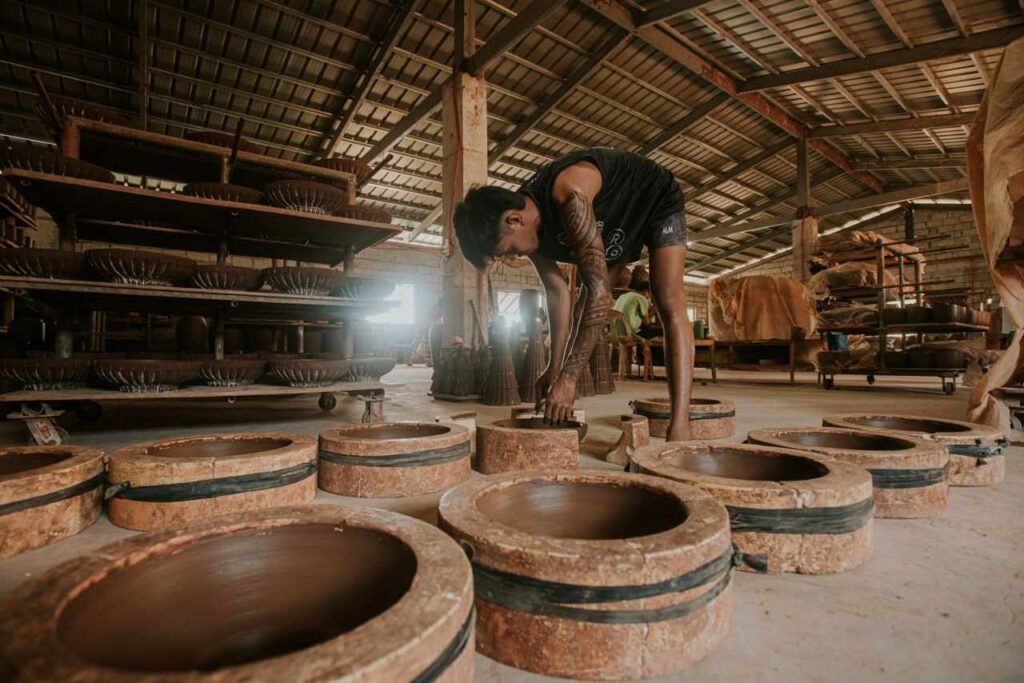
This sharp decline in artisans is a symptom of broader issues. Quiambao-Garcia pointed to foreign competition as one of the primary reasons behind the downturn. “Clients are opting for cheaper products from overseas competitors, making it difficult for us to compete in terms of pricing, despite the superior quality of our work,” she explained.

The industry’s reliance on traditional techniques and manual craftsmanship makes it vulnerable in an increasingly automated and price-driven global market. While Sto. Tomas’ pottery is celebrated for its artistry, it struggles to compete with mass-produced goods from other countries that can sell at a fraction of the cost.
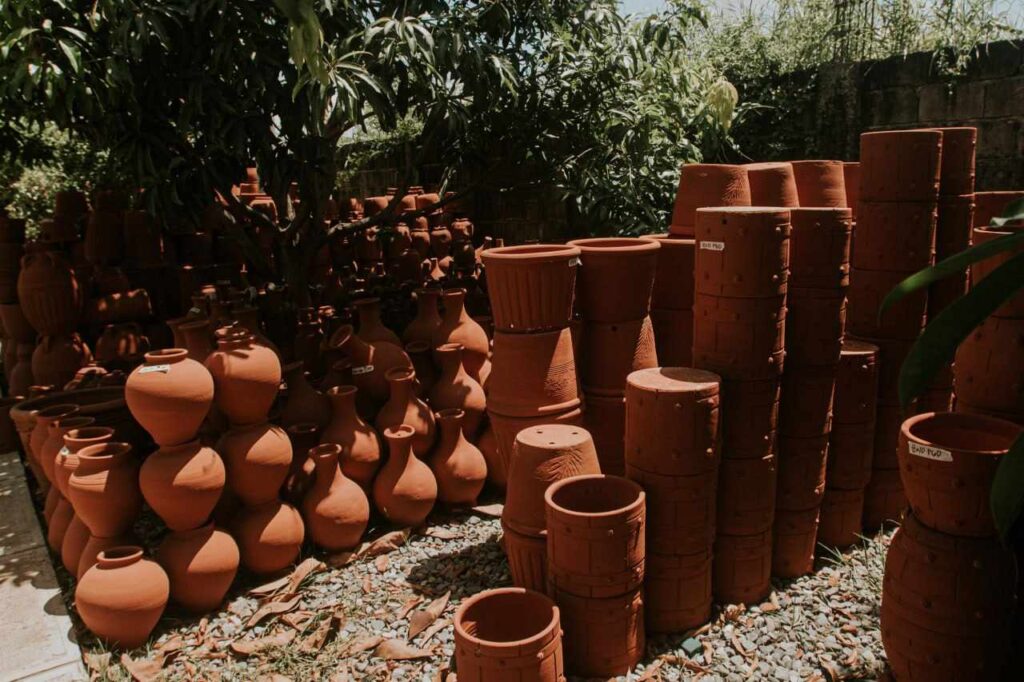
Yet, there is still a lifeline for the pottery industry, thanks to the growth of the local tourism sector. “Tourism has been a saving grace for us,” said Garcia.
Programs and exhibits that showcase Pampanga’s pottery traditions have provided a platform for local artisans to reach new audiences and maintain their livelihood. These initiatives have given them some breathing room, albeit not enough to reverse the decline.
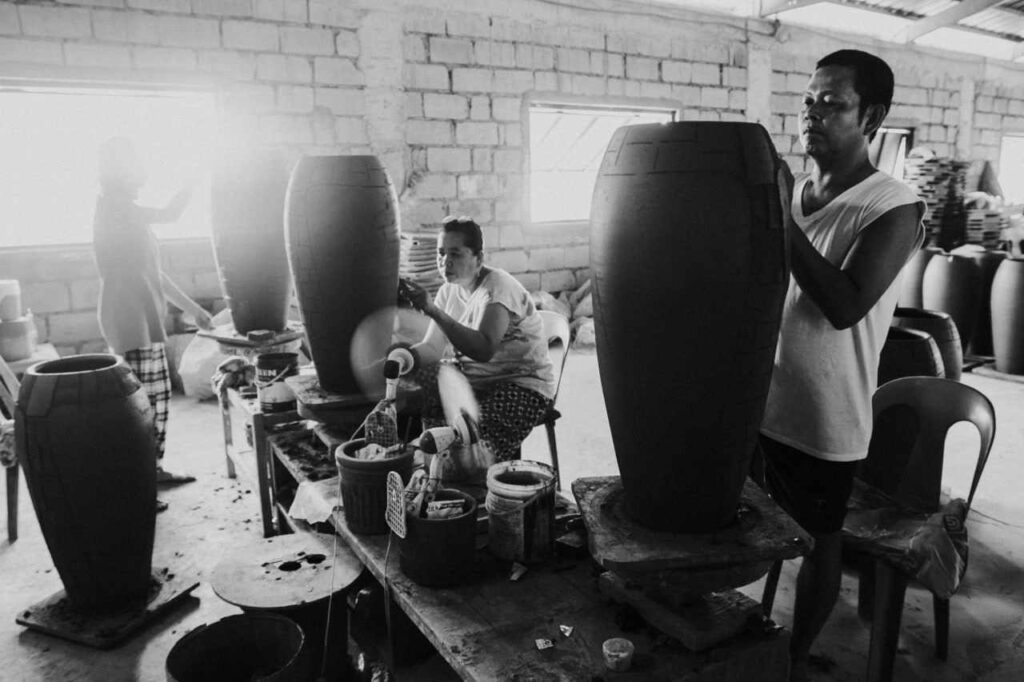
Interestingly, the industry has found an unexpected ally in the increasing infrastructure development within the region. Garcia noted that roadworks and construction projects have indirectly benefited the industry. “The more road works and construction, the more clay we get for production,” she shared.
With these developments, clay, the fundamental resource for pottery, is more accessible than ever. However, the larger issue of preserving the craft for future generations remains.
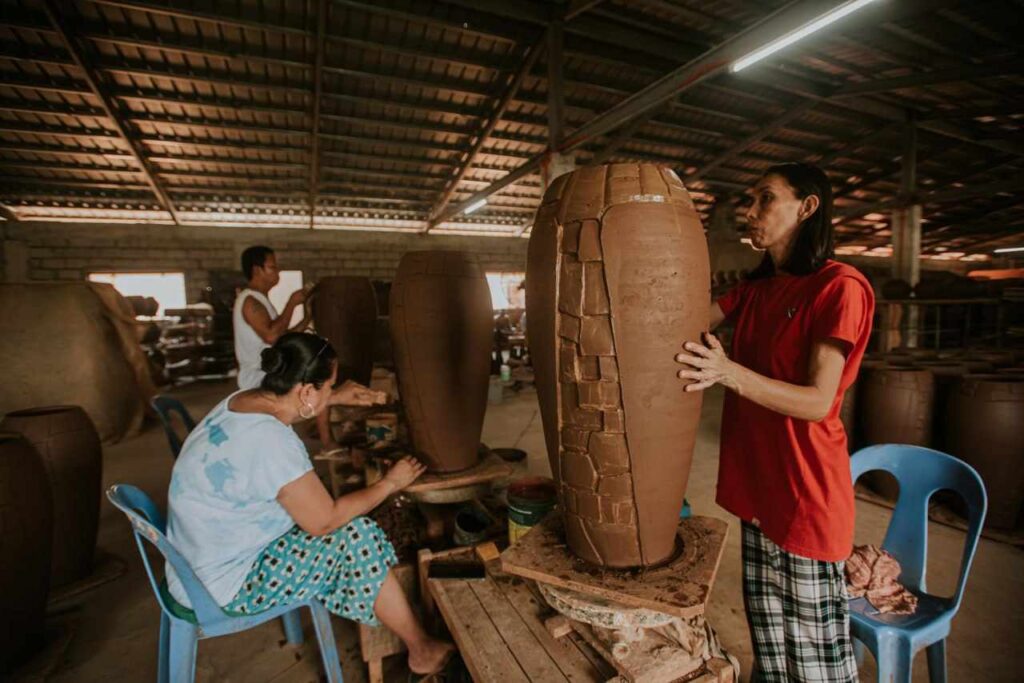
Garcia highlighted the difficulty in passing down the pottery tradition to younger generations. “It’s not just about skill, it’s about survival,” she said. The shrinking profitability of pottery makes it less attractive as a career for young people, threatening the long-term sustainability of the industry.
While the road ahead is uncertain, Pampanga’s pottery industry remains a symbol of resilience. As tourism grows and the clay supply remains steady, there is hope that Sto. Tomas can continue molding its rich heritage into the future. Still, without greater support to tackle global competition and attract new artisans, the future of this beloved craft may hang in the balance. Photos: Gerald Gloton


